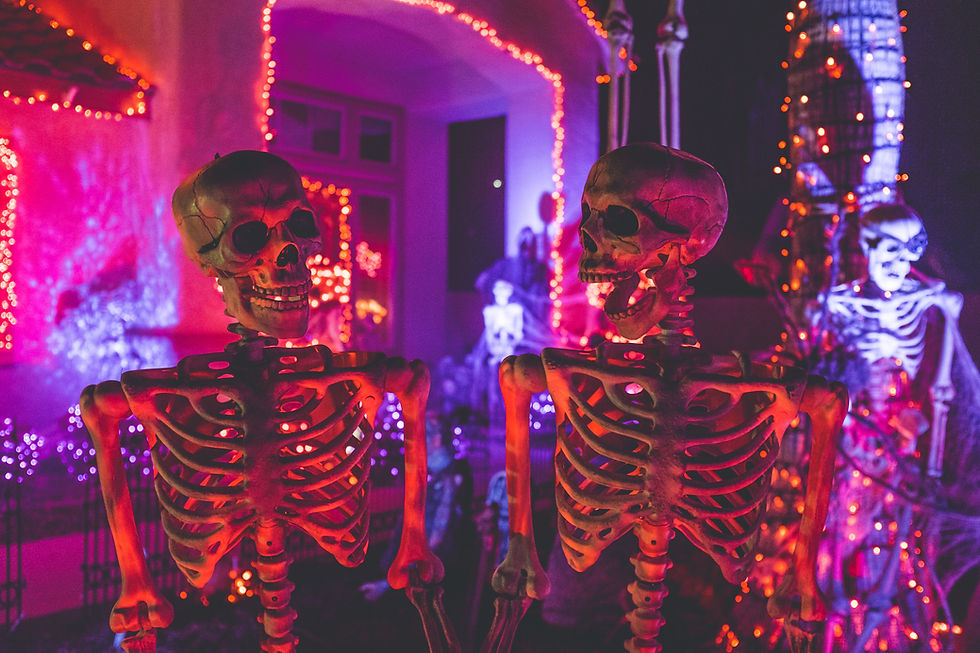Reels - Instagram's New Instant Addiction
- Frivolous Team

- Aug 12, 2021
- 3 min read
From Burbn, a mobile check-in app created by Kevin Systrom and Mike Krieger to the world’s top photo-sharing application, Instagram has had one of the longest, and controversial journeys in the realm of social media. Now, in 2021, 11 years after its inception, we’ve finally arrived at an Instagram which focuses on video sharing, shopping and more.
Mosseri, the CEO, announced these changes with a video and a tweet, “ At Instagram, we’re always trying to build new features that help you get the most out of your experience. Right now we’re focused on four key areas: Creators, Video, Shopping and Messaging.”
This sudden change has been greeted by mixed reactions, but let’s talk about the addict-ability of videos compared to photo-sharing apps. If you thought that the body disfiguration, dysmorphia and insecurities fueled by the photo-sharing on the app was the worst impact the gram would have on your mental health, you’re wrong. Let’s discuss how exactly the introduction and importance being given to these short videos are going to impact our brains, and even the potential dangers they could possess.
Short videos under a minute are proven to be highly stimulating and attention-grabbing. Not only this but the flashy graphics, movements and transitions are a lot more engaging than still image posts. They make the reward centres light up, creating short dopamine rushes, which in turn causes instant gratification. This cycle of dopamine rushes and gratification makes it incredibly hard to stop scrolling down reels and similar video sharing apps and features like TikTok, Shorts on youtube and videos on Snapchat.
Our brains have a complex processing and rewarding system, but the crux of it is rather simple to understand- certain inputs have certain outputs. Our brains reward new information with dopamine the same way it rewards us when we have foods high in fat, salts and sugars. Short, information filled videos like TikTok, and reels give just enough information to not bore us, but sufficient enough for our brain to like them. We get caught in a cycle unbeknownst to us, we just scroll endlessly while our brains greedily lap up subpar information
The next biggest change is the choices we have in the content we consume. The reels page is completely algorithm-based, not unlike the explore page. Instagram used to be a choice-driven social media site. When you opened the app, you could see posts and stories shared by individuals you have chosen to follow. Your primary interactions would be with people you know, and people you have chosen to follow. The approach to Instagram’s newest feature, Reels is completely different.
From the second you enter the platform, you are now instantly greeted with an infinite number of 15-30 second videos, from any public user on the platform, trending, not trending, young, old. Similar to TikTok, there is no way to filter what or whose content you are consuming on the reels.
Although this means it's easier to come across new content that you may enjoy, it also means that the user's content isn’t reaching all their followers. This new algorithm usually only allows the reach of posts to be 10%, which hampers thousands of content creators and businesses. Not only this but for users who are minors or experience triggers and sensorial discomfort, it is very hard to predict whether the next video would be appropriate or safe to watch.
Instagram has definitely had a tumultuous journey, and they sure do know how to grab and keep their user’s attention, but at what price?
Reels- will it be the next best way to express individuality or an unescapable rabbit hole of depressive scrolling?




Comments